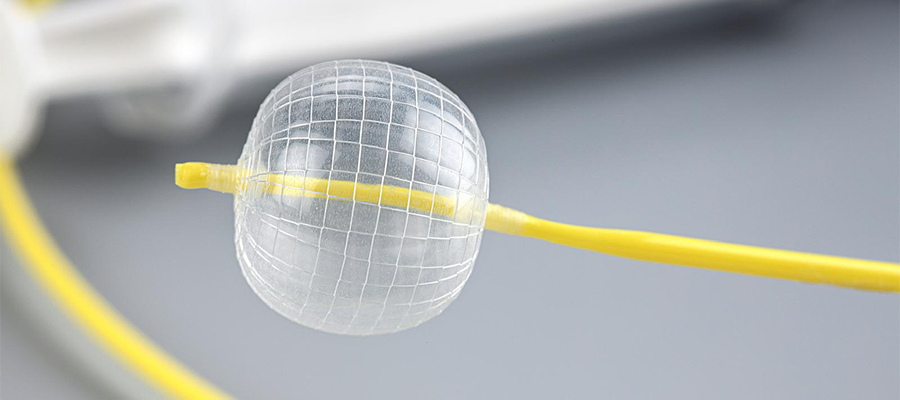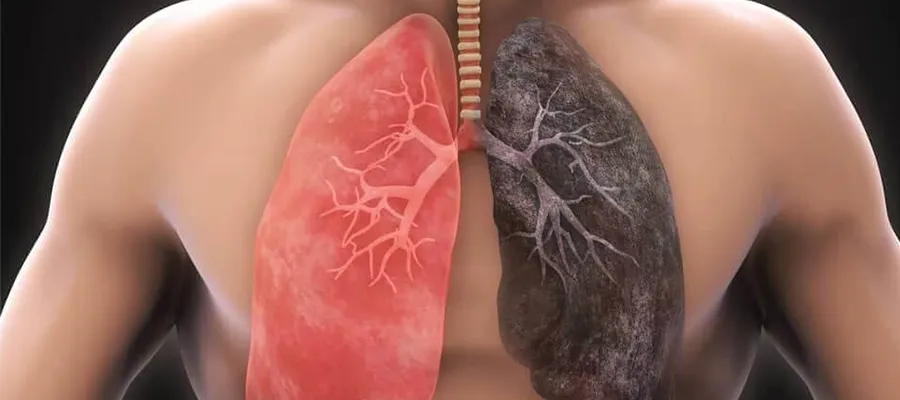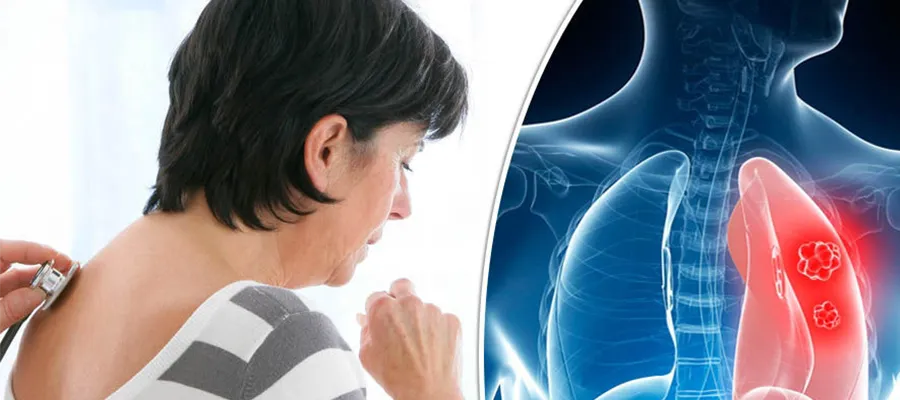How is Lung Balloon Treatment Performed?
In recent years, significant advances have been made in treatment methods, particularly for chronic lung diseases. One of these is the endobronchial valve procedure, medically known as “lung balloon therapy.” The question “How is lung balloon therapy performed?” is frequently asked by many people battling conditions like COPD. For patients experiencing breathing difficulties and insufficient response to medications, this method may offer a promising solution.
Lung balloon therapy is a less invasive procedure than traditional surgical procedures, meaning it’s less harmful to the body. It’s typically used in patients with advanced COPD to bypass non-functioning areas of the lungs and allow healthy tissue to function more effectively. This method is particularly preferred in emphysema-type COPD and can significantly improve respiratory function in patients.
What is Lung Balloon Treatment?
Lung balloon therapy involves the insertion of small devices called endobronchial valves into the lungs via bronchoscopy. These valves prevent air from entering specific lung areas while allowing air and mucus to escape. This allows dysfunctional air sacs to deflate over time, reducing pressure in these areas. This allows other healthy lung tissue to expand and function more efficiently.
The primary goal of this method is to correct a condition called “hyperinflation” in the lungs. Hyperinflation is a condition that occurs when air is trapped in the lungs, making breathing difficult. Balloon therapy releases this air, allowing the lung to regain its natural shape.
Which Patients Is It Suitable For?
This treatment is generally used in patients with advanced COPD, particularly those with emphysema. However, not every COPD patient is a candidate for this procedure. Before treatment, the patient’s condition is evaluated through detailed respiratory tests, CT scans, and other imaging modalities. The condition of the lung tissue, airway patency, and overall health profile determine whether the treatment is appropriate.
Additionally, the patient must not have had a serious respiratory infection within the last six months and must not have any serious comorbidities such as heart failure. Therefore, the answer to the question “How is pulmonary balloon treatment performed?” is not limited to technical procedures; it also involves a detailed preliminary evaluation process.
How is Lung Balloon Treatment Performed?
The treatment process generally consists of several stages. First, the patient’s respiratory function is evaluated. This assessment is crucial for determining whether treatment will benefit them. If deemed appropriate, the procedure is planned.
During the procedure, the patient is placed under light sedation or general anesthesia. The procedure is performed using a flexible bronchoscope. A bronchoscope is a thin, flexible tube inserted through the mouth or nose into the lungs. This tube allows access to the areas where valves will be placed, and small valves are placed at the required locations. Each valve is approximately 4-5 millimeters in size and, thanks to its special design, allows one-way airflow.
The procedure typically takes between 30 and 60 minutes, and patients can be discharged the same or the following day. Patients are advised to rest for a few days after the procedure. Although rare, complications such as valve dislocation, infection, or air leaks can occur. Therefore, careful monitoring is necessary after the procedure.
Post-Treatment Period
During the first few days after treatment, the patient’s condition is closely monitored. Improvements in respiratory function are particularly noted. Some patients experience immediate relief after valve placement, while others experience positive effects within a few weeks.
Following the procedure, patients’ breathing capacity is measured, walking tests are administered, and physical therapy is initiated if necessary. Additionally, the condition of the valves used is monitored through periodic checks. In some cases, the valves may be removed or replaced.
Patients’ greatest expectations are to be able to perform daily activities more easily and improve their quality of life. Studies have shown that most patients experience a significant reduction in shortness of breath, increased exercise capacity, and a noticeable improvement in their quality of life after this treatment.
What are the advantages?
Pulmonary balloon surgery carries far fewer risks than surgical intervention. Because it doesn’t require open surgery, recovery is shorter, and patients can return to their daily lives more quickly. The procedure is also reversible, meaning the valves can be removed if necessary.
Another key advantage is that it offers an effective option for patients who have not responded adequately to medication. Breathing can become a significant challenge, especially in advanced cases of COPD, and this treatment can help these patients experience the comfort of deep breathing again.
Who is Not Suitable For?
While effective, lung balloon therapy is not suitable for every patient. For example, if the airways are extensively affected by widespread bronchitis, the expected benefits may not be achieved. It is also not recommended for individuals with recent respiratory infections, active bleeding risk, serious heart disease, or certain lung structural abnormalities.
Therefore, a comprehensive preliminary assessment is essential before deciding on treatment. The patient’s suitability should be carefully assessed by conducting the necessary tests.
Are There Risks to Lung Balloon Treatment?
As with any medical procedure, lung balloon treatment carries some risks. After the procedure, patients may experience temporary shortness of breath, coughing up blood, chest pain, or low-grade fever. These are generally temporary side effects.
However, more serious complications, although rare, can occur. The valve may become displaced or air leaks into the lungs (pneumothorax) may occur. In such cases, intervention is necessary. Therefore, post-procedure checkups should be frequent, and the patient should be aware of the symptoms.
Contact us now for prices and how lung balloon treatment is performed.








